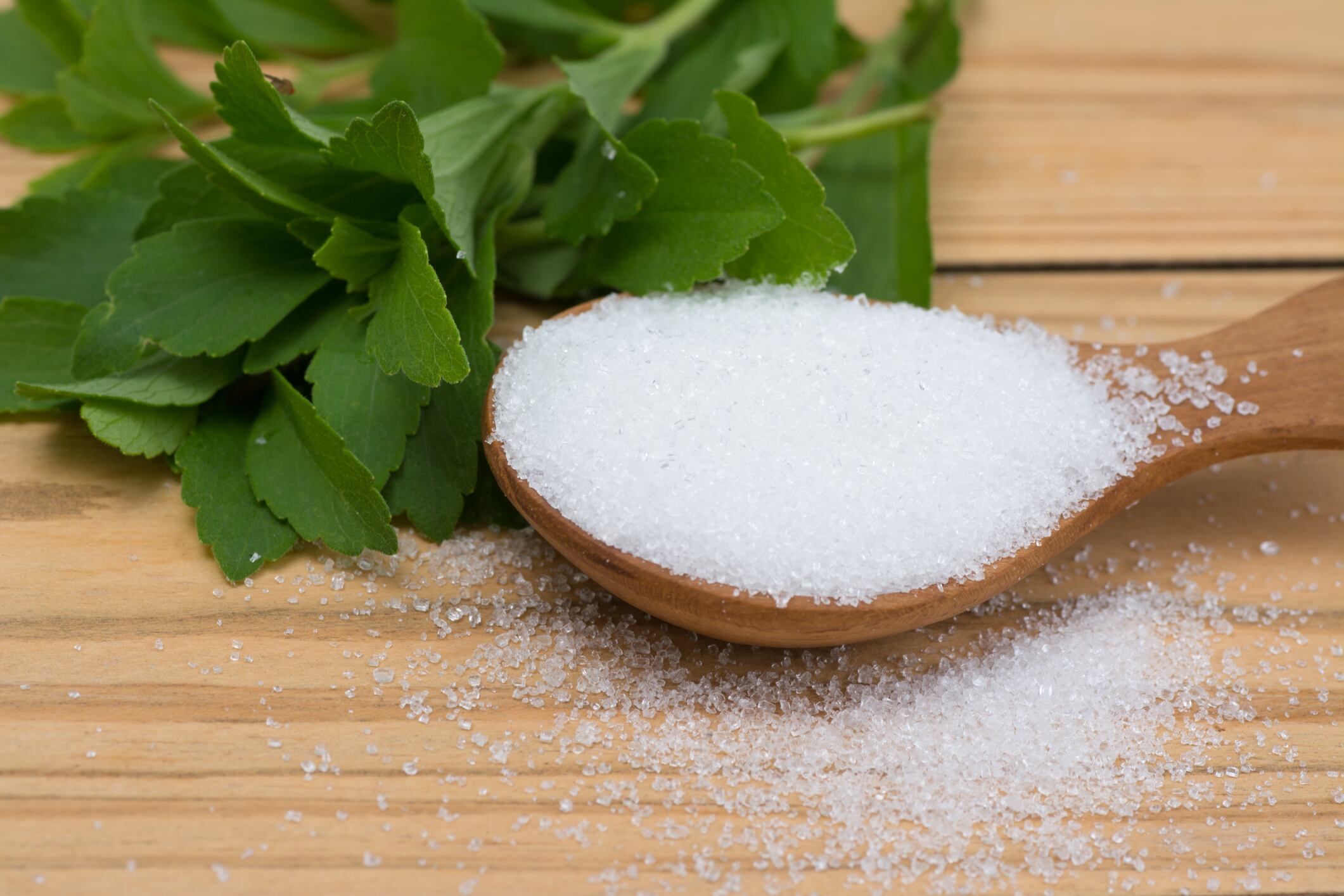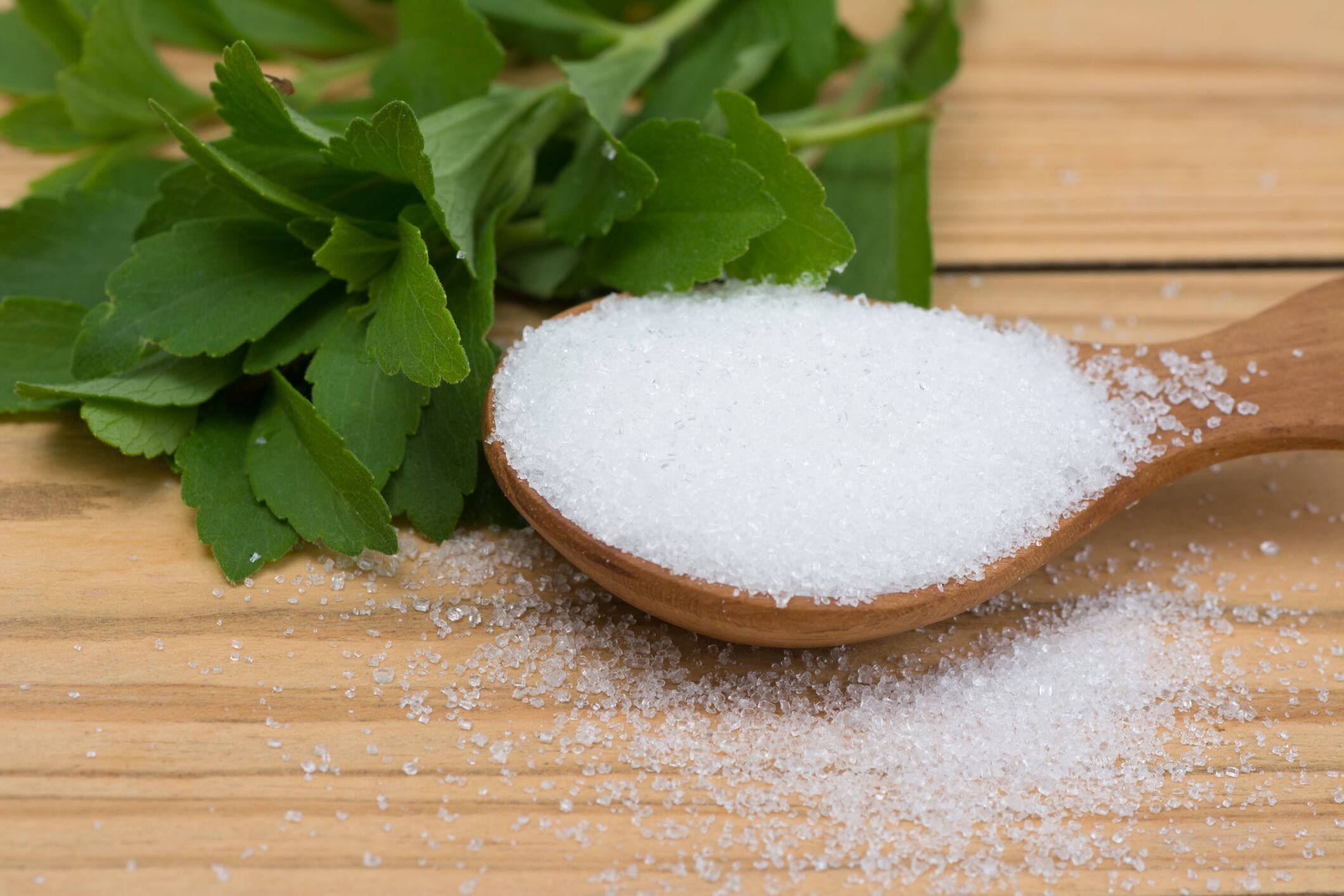Writing in the international patent, which is filed under the name of Kraft Foods but describes intellectual property belonging to Mondelēz International - a legacy of when both Kraft Foods and Mondelēz International were one company - the scientists describe several methods for reducing sugar levels in chocolate % while retaining similar levels of sweetness as full-sugar chocolate using soluble corn fiber.
The technology included in this patent is behind the Cadbury Dairy Milk reduced sugar product that it launched in the UK and India in summer, a spokesperson for the company said.
Soluble corn fiber (SCF) is made by enzymatically hydrolyzing corn starch. It has a low viscosity, is soluble in water and is pH and heat stable. When adding it to chocolate during processing, the scientists found they could reduce the sugar content by various proportions from 10% through to 50%.
The corn fiber has this effect on sugars derived from a natural source such as sucrose, lactose, and monosaccharides such as glucose, they added, and the reduced-sugar composition can be used as a filling inside a chocolate shell or baked in a biscuit, pastry or cake.
“Consumers and public health bodies are becoming increasingly concerned about the sugar content of foods and in particular about the sugar content of confectionery products such as chocolate,” they write. “For example, an overconsumption of such products may cause obesity, may increase the risk of diabetes and other metabolic diseases and may promote the development of dental caries.”
While sugar-free or light confectionery products are growing in popularity, they often have an inferior taste or a long list of artificial-sounding ingredients, which is off-putting to consumers.
“The inclusion of the soluble corn fiber in the chocolate composition of this first aspect allows the amount of sugar in the chocolate composition to be reduced whilst retaining a taste and texture profile which is acceptable to consumers and is approximate to the taste and texture profile of a chocolate comprising only sugar (e.g. sucrose),” they write.
“The organoleptic properties were excellent despite the reduction in sugar. Surprisingly the sweetness perception was retained despite the signification reduction in sugars. In addition, there was no retention of off-notes,” they write.
'Very similar' purchase intent scores
The researchers also carried out sensory analysis and purchase intent with a consumer tasting panel and found that both the full-sugar chocolate control and reduced sugar chocolate and “very similar” purchase intent scores.
Using Promitor soluble fiber, supplied by Tate & Lyle, the scientists say it has several advantages over other ingredients used to reduce sugar in chocolate.
Inulin and fructo-oligosaccharides, for instance, have a tendency to cause bloating and flatulence when consumed in the quantities required to replace sugar in confectionery products. They can also be problematic for manufacturers as they increase the viscosity of the chocolate which makes processing difficult.
Polyols such as xylitol and erythritol, meanwhile, can have a laxative effect if eaten in large quantities and have artificial-sounding names that are increasingly shunned by consumers.
Fiber-packed health halo
Another advantage of using soluble corn fiber is it may add a health halo to the product.
“The present invention may advantageously provide dietary fiber to the consumer, potentially increasing the daily intake of dietary fiber by the consumer […] which has been linked to improved health.”
The scientists write that soluble corn fiber in this example was well tolerated by consumers – better than inulin or fructo-oligosaccharides – and is also more stable. The final reduced-sugar composition had a relatively low viscosity during processing which is useful as it makes mixing, conching, tempering and moulding or enrobing easier.
Source: WIPO International Patent No: 2019/239366
Publication date: 19 December 2019
Title: “Chocolate Composition”
Inventors: Carole Bingley, Wayne Price (Kraft Foods)
This article has been amended to state the intellectual property relating to this patent belongs to Mondelez International and not Kraft Foods.




